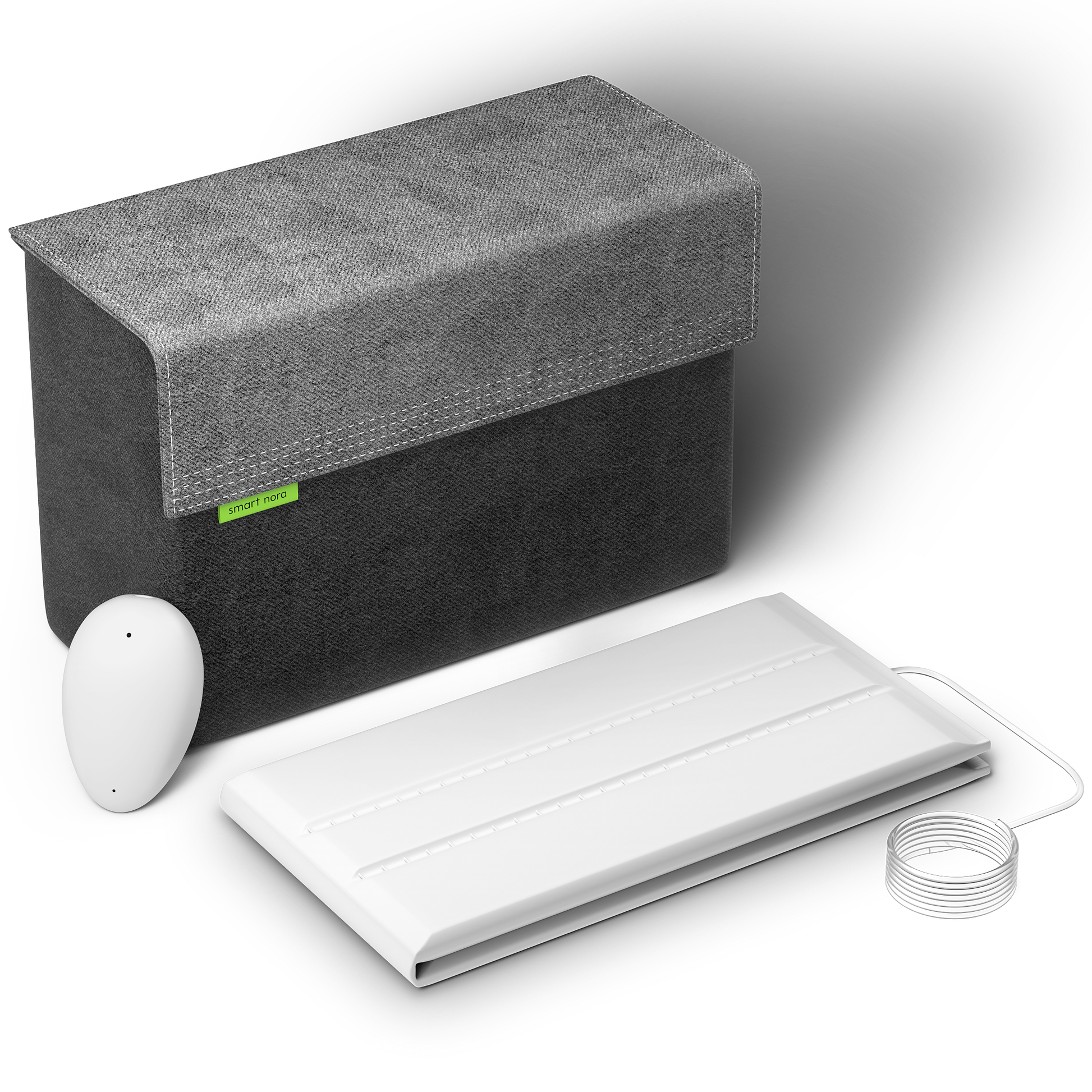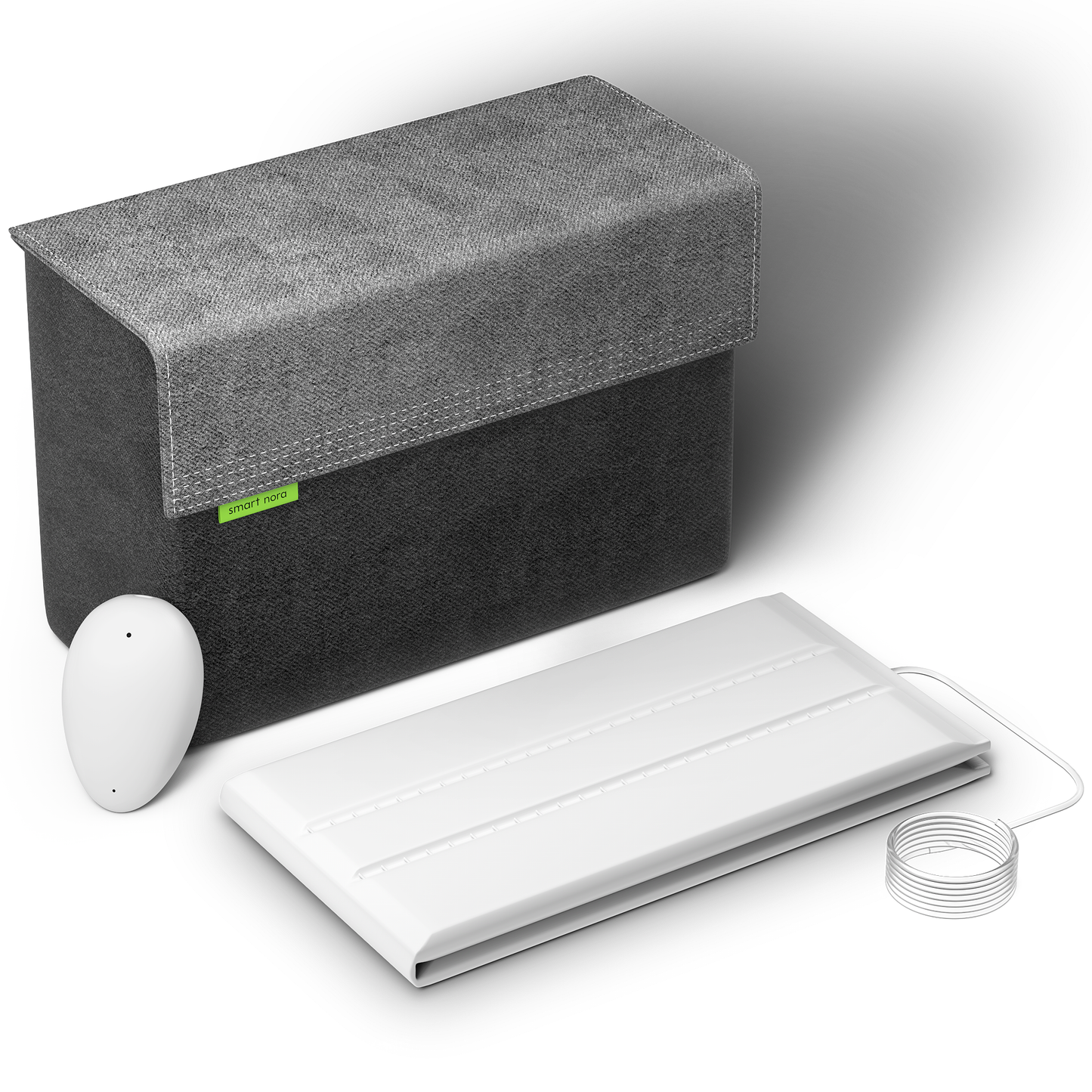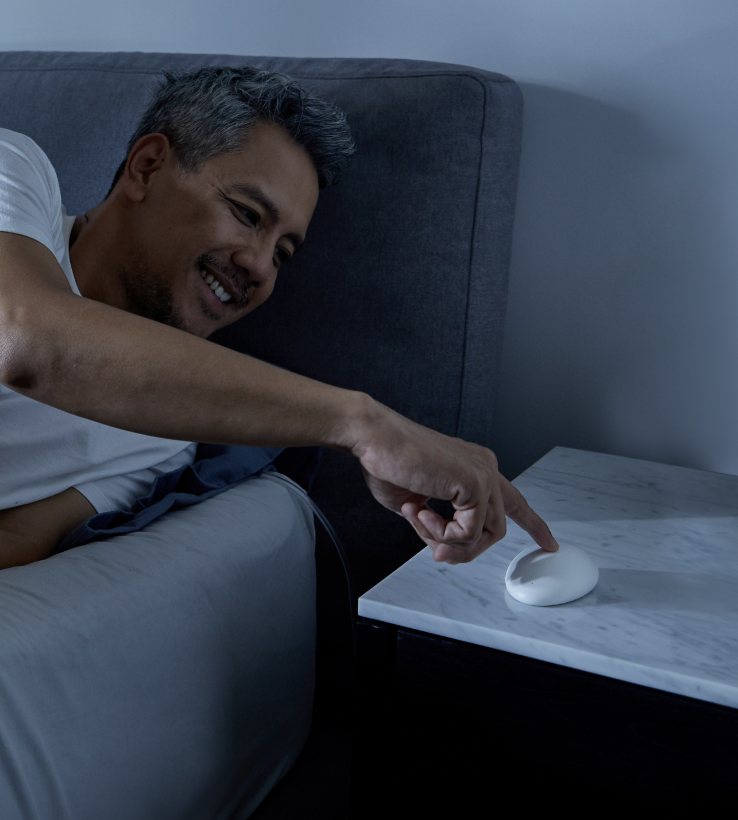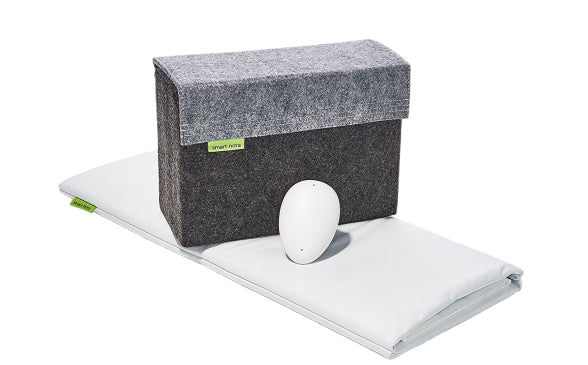
In late December of 1951, scientist Eugene Aserinksy inadvertently discovered REM sleep on the second floor of Abbot Hall at the University of Chicago, effectively changing our entire understanding of how sleep works. In all years passed before then, the existence of Rapid Eye Movement was visible to the naked eye (under the non-naked closed eye), but it wasn’t until Aserinksy and his advisor Nathaniel Kleitman published the findings of their experiments in September 1953 that scientists understood that sleep wasn’t a simple passive activity — your brain is, in fact, very active while you sleep. The discovery of REM and it’s a subsequent correlation with dreaming launched breakthroughs in understanding the purpose of sleep (though we still don’t know it all).
So, what is REM sleep and what does it do for us?
REM vs Non-REM — The 5 Stages of Sleep
What are the stages of REM sleep? Well, Rapid Eye Movement (or “paradoxical sleep,” as Keleitman called it) is actually just one of the five stages of sleep. In fact, it is so distinct from the other four stages of sleep that all of they all often get grouped together under the simplified name Non-REM Sleep (or NREM). The first four stages involve transitionary periods between shallow and deep sleep, but when REM kicks in, the brain experiences heightened activity and heart rate increases. Oddly, despite their numerical order, sleep does not actually progress linearly through the stages.
Many scientists refer to the stages as two types of sleep, NREM & REM, and here’s how it all breaks down:
The Two Types of Sleep
- Non-Rapid Eye Movement (NREM) (stages 1-4)
- The first 4 stages of sleep are categorized based on characteristics of the body and brain during sleep. Brainwave frequencies differentiate each stage, along with other biologic rhythms.
- Stage 1 is the lightest stage of sleep — falling asleep, but not quite there yet.
- Stage 2 is light sleep — you’re drifting off as your heart rate slows and your body temperature drops.
- Stage 3 & 4 — Slow Wave Sleep (SWS) occurs — these are deepest levels of sleep and sometimes even noises as loud as 100 decibels will not wake a Stage 4 sleeper!
- Rapid Eye Movement (REM) (stage 5)
- This is when you dream!
- The body becomes relaxed and immobilized (muscle paralysis occurs).
- Associated with intense brain activity as the brain becomes more active.
- Was almost called “Jerky Eye Movement” but Aserinksy was afraid that critics would scathe him by playing on the word “jerk”.
Crunching the Numbers on REM
According to the American Sleep Foundation, ~20% of your total sleep at night is the average REM sleep amount. If you’re getting a healthy 8 hours of sleep each night, you’re spending roughly 1.6 hours every night in REM sleep! Because the 5 phases of sleep don’t occur in numerical order, what happens is that somewhere between the first 90 and 120 minutes of hitting the hay, you experience your first bout of REM sleep. Periods of REM sleep last between 5 and 30 minutes and typically increase in length during the course of the night. This means that the majority of REM sleep happens in the last third of your sleeping. Those who are frequently disturbed while they sleep experience less overall REM.
What’s happening during all of that time you need so badly?
Sweet Dreams Are Made of These

REM sleep is most associated with intense brain activity. During this stage, most people experience vivid and active dreams, though we don’t always remember them in the morning. While dreams can occur during other stages of sleep, the vast majority occur during REM, and some argue that the rapid eye movements are a direct corollary to dreaming. As Eugene Aserinksy put it, “The possibility that these eye movements might be associated with dreaming did not arise as a lightning stroke of insight… An association of the eyes with dreaming is deeply ingrained in the unscientific literature and can be categorized as common knowledge.”
But what is dreaming for? Well, to be completely honest, nobody knows. Some researchers think that dreams have no purpose and are simply nonsensical. Others argue that dreams are a way for our brains to organize difficult thoughts and concepts, to get over fears and the unknown. It could just be that our brains need to dream in order to process all of the information we are given throughout the day — a similar process to daydreaming.
Whatever the answer is, dreaming primarily occurs during the REM stage of sleep and if you remember your dreams, you probably have a good idea of how they affect you personally!
What Does Your Body Do?
Several things occur when you slip from NREM to REM sleep:
- Your heart beats faster (and often becomes irregular) — This is due to alterations in the sympathetic and parasympathetic systems during REM sleep.
- Your body is largely inactive — perhaps to keep people from acting out their dreams, the body relaxes to the point of inactivity. This is different from “sleep paralysis,” which is when you awaken while your body is still in this state.
- Your body temperature drops — As part of the human body’s natural circadian rhythm, your temperature drops while you sleep, as warmth interrupts the neurotransmitters that help you stay asleep (wanna dive deep into the neurological mechanisms of sleep?)
Take a Trip Down Memory Lane

It’s been found that REM sleep has a correlation with memory consolidation — while you’re out for the night, your brain does the behind-the-scenes work that allows your short-term memories (in the motor cortex) to become long-term memories (in the temporal lobe). In 2013, Björn Rasch and Jan Born argued that REM sleep is the optimal brain state for memory consolidation, as opposed to being awake. REM sleep helps “stabilize transformed memories”, and without enough good sleep, you’ll likely find your memory less than optimal. Get enough sleep — you don’t want to forget everything you read in this article, do you?
TL;DR: What’s REM Sleep All About?
REM Sleep is the 5th stage (or 2nd type) of sleep. During REM you dream, stop physically moving around, organizing your subconscious memories, and move your eyes under your eyelids rapidly. Though sleep science is still quite a way from fully understand the purpose of REM, one thing is certain — Rapid Eye Movement is part of a complete and balanced night of sleep. When you go to bed you cycle through the 5 stages, but REM sleep increases in length as the night goes on — don’t short yourself on the recommended 8 hours of sleep a night or you just might find yourself dreaming — of better sleep.











